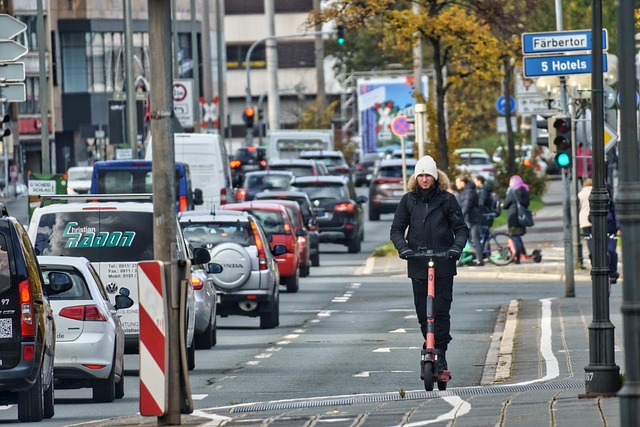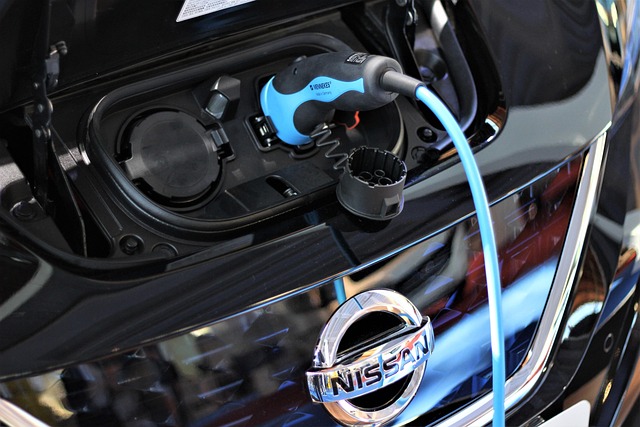Sustainable Mobility: Driving Rural Development through Renewable Energy Sources
In today’s fast-paced world, the concept of transport sustainability has taken center stage, especially in rural areas where traditional means of mobility often fall short. The challenges faced by these communities—limited access to economic opportunities, schools, and healthcare services—can be drastically reduced by embracing renewable energy sources in transportation.
Renewable energy sources such as solar, wind, and biofuels can transform the mobility landscape in rural settings. Imagine a community where solar-powered electric vehicles (EVs) provide reliable transport for residents. This not only reduces dependence on fossil fuels but also significantly lowers emissions, contributing to a cleaner environment. Investing in local renewable energy infrastructure not only supports the global fight against climate change but also uplifts the local economy by creating jobs in the green sector.
Transport sustainability entails not only eco-friendliness but also social equity. In rural regions, where public transport options might be scarce or non-existent, integrating renewable energy into transportation solutions can lead to more inclusive systems. For instance, community-owned solar charging stations for electric rickshaws or shared bicycles can enhance mobility options for all, ensuring that no one is left behind.
Furthermore, the development of sustainable transport systems that leverage renewable energy sources can significantly draw investments to rural areas. Government incentives for clean transport initiatives can attract new businesses, fostering an environment ripe for development. Local farmers could benefit from clean transport options to get their goods to market, thus boosting the local economy while promoting environmentally friendly practices.
Education and awareness are crucial to the success of these initiatives. Communities must be informed about the benefits of renewable energy and sustainable mobility. Workshops, outreach programs, and local government partnerships can enhance public understanding of how these technologies can revolutionize daily life in rural areas.
As we move forward into an era prioritizing sustainability, it’s crucial to consider how transport sustainability intertwines with rural development. By investing in systems that harness renewable energy sources, we can create vibrant, thriving rural communities that not only fulfill their mobility needs but also serve as a model for the rest of the world. The journey towards sustainable mobility is not just an environmental necessity; it’s a pathway to a brighter future for rural development.



